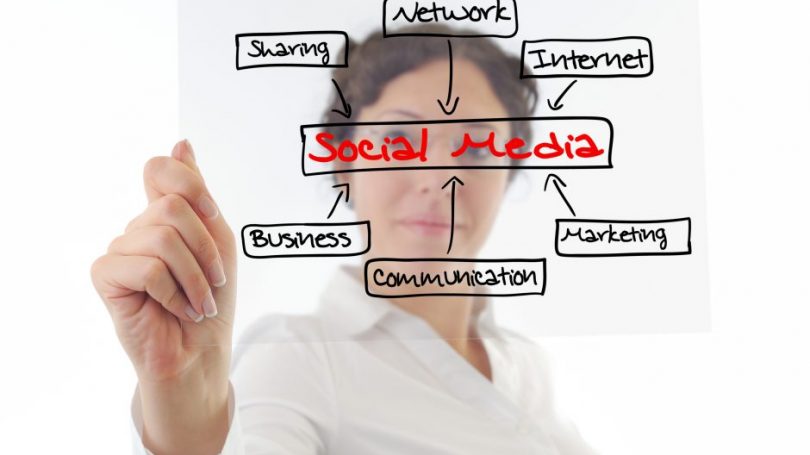How to Use Social Media for Marketing and Public Relations

A few weeks ago, I started teaching a class focused on digital marketing to MBA students at the Jones Graduate School of Business at Rice University (Rice Business).
The curriculum touches on every element of digital marketing – designing and building a website, search engine optimization, paid search, display advertising, email and social media. As I was preparing my lecture, I realized that in my first draft I was talking about social media only as a marketing tool. After thinking about it for a while, I decided that was necessary but not sufficient. In fact, social media can be used for marketing, but that’s not all–social media is also an important part of public relations. In fact, any well-executed public relations initiative must include social media strategy and tactics.
Marketing Your Brand with Social Media
Using social media is an essential part of online marketing, because it allows you to talk in your own voice about your company, organization, brand, product or service. Whether it’s a video on YouTube, a photo on Instagram or a post on Facebook, social media allows marketers to communicate to current or potential customers in unfiltered terms.
By empowering customers to become brand advocates and use word of mouth, social media can amplify positive brand messages that come from the most important and reliable source – real people. Furthermore, engaging with customers on social media allows marketers to communicate directly with consumers, fostering a mutual connection that can strengthen brand loyalty, and develop and cultivate a rich customer experience.
Reinforce your brand by carefully selecting and consistently using the same visual assets and voice, marketers can bolster their brand’s identity online. Facebook and most other social media channels allow marketers to target consumers precisely, meticulously pinpointing certain demographics to show them carefully designed online advertising tailored to that group.
Finally, by scrutinizing the results of paid social media campaigns, marketers can analyze and adjust campaigns, quickly and easily adjusting them to better reach their target audiences and reallocating spending to get the most bang for their buck.
Social Media as a Public Relations Tool
So, how is social media used as part of public relations initiatives, strategies and tactics? The most obvious reason is the prevalence of reporters on social media – especially Twitter. Nearly one quarter of all verified Twitter accounts are journalists and media. Thus, outreach and follow-up with reporters on Twitter is a natural fit for PR. And just like marketers with consumers, PR professionals can use social media to establish and cultivate relationships directly with influential reporters.
Journalists often rely on social media to get an early read on how a story is developing. By joining in the online conversation early, PR teams can help frame the story as reporters are still gathering facts and impressions. News travels fast on social media, especially Twitter. So making announcements, trumpeting a new product or highlighting an industry award can all happen faster on social media.
Social media also provides instant feedback during a crisis, allowing companies to identify and correct misinformation or clarify messaging that does not appear to resonate. Crisis management can be made easier by employing social media. Here is where the lines between marketing and PR can be blurry — social media platforms allow brand managers and PR teams to respond in real-time to situations and customer complaints.
Public relations professionals can also use social media to find and develop relationships with influencers. By leveraging these influencers, PR pros can expand the reach of their efforts on behalf of their clients.
In short, when I talked to my class about social media, I told them it is a natural fit for marketing AND public relations. Used correctly, social media channels are valuable tools to protect and promote a brand’s reputation among consumers and the media. Moreover, collaboration between marketing and PR teams can lead to even greater results, as the sum of the parts is usually greater than the individual parts.
Chris Ferris, Ph.D. and Pierpont’s Vice President of Digital Strategy, is an innovative communication leader passionate about digital marketing and customer-focused technologies. Outside the office, he is a lecturer in management at the Jones Graduate School of Business at Rice University (Rice Business), where he teaches a self-designed digital marketing course for MBA students.
Contact Us